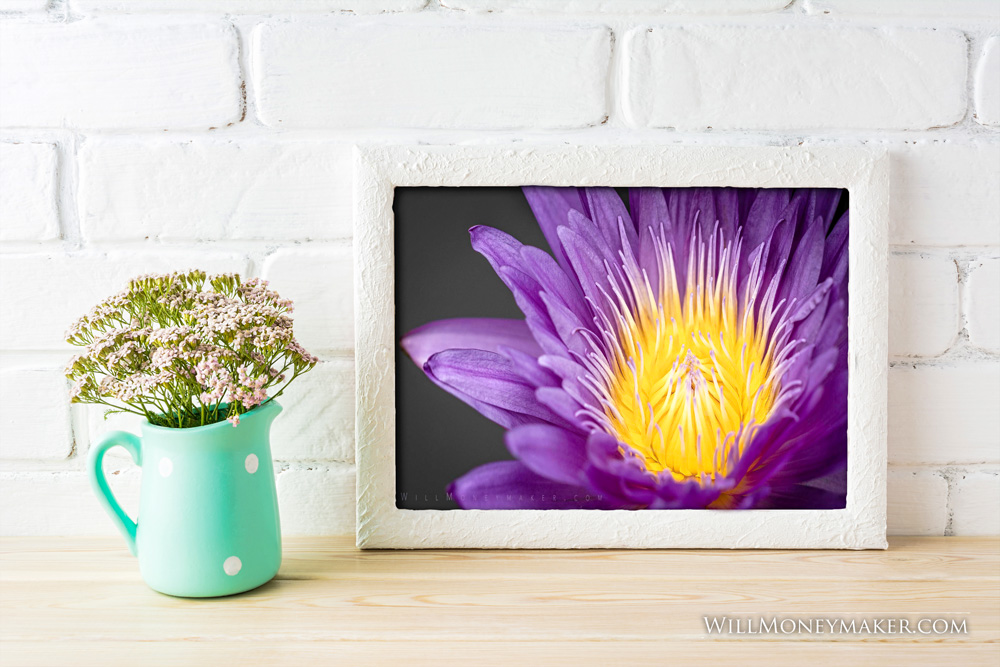Just a guess on my part, but I would say that most photographers who are serious about producing art are by nature perfectionists. There’s something about the artmaking process that draws perfectionists in, I think. Perhaps it’s the myriad of details that one must account for when creating a photograph, painting, or some other work.
At any rate, as any perfectionist can tell you, it’s exhausting to be a perfectionist! That’s because all of those details that attract us to the art form in the first place? In the pursuit of perfection, we obsess over them endlessly.
The interesting thing here is that at some point, all of us learn our lesson: There is no such thing as perfect. Pursuing absolute perfection is a quick way to accomplishing very little because rather than going out and creating new, better art, we find ourselves stuck on the things we created yesterday, last month, or last year. You’ve probably experienced it—when it becomes extreme enough, this obsession over details comes with that “stuck in the mud, spinning our wheels” kind of feeling.
Thus, each of us has over time developed our own personal sweet spot, so to speak. It’s the point where a photograph is “good enough.” It’s not perfect because perfection is impossible, but it’s close enough that we feel satisfied with it.
It’s right about here that I stop and wonder something. I already mentioned that at some point, we perfectionists learn our lesson and begin pursuing “good enough” rather than flawless. But how well did we learn that lesson? Even though we all have a “good enough” point where we declare ourselves finished with an image or a project, could it be that some of us still pursue perfection too far?
It’s this kind of obsession that gets us into trouble as creatives. There is always this inner war between the need to move on and produce something new versus that nagging voice in the back of your head that suggests you could improve on what you’ve already done. It’s that little nagging voice that can cause problems. Sometimes it gets loud enough that you go out and buy a new filter, a new lens, new editing software, new monitors to better peep those pixels, a whole new camera system, and so on.
But somewhere in all of this, there has to be balance. There are yet more lessons that we perfectionists must learn. Not only must we discover what “good enough” means to each of us, but we must also learn how to give priority to that feeling that we’re spinning our wheels on a project. Let that feeling drown out the voice that nags you to go back and keep tweaking.
We also need to teach ourselves how to cut corners. How many corners can we safely cut? Some, perhaps, but here again, balance is needed. If we choose subpar lenses on an old camera, use dated editing software on monitors that struggle to show details, the result becomes predictably sloppy. It would be a bad thing to announce that you’ll never tweak colors, exposure, or sharpness again. It’s equally bad to run up credit card debt on the latest gear and spend the overwhelming majority of our time tweaking the same few images again and again. Though we have all found our “good enough” points, I’d wager that there are probably a couple more corners that you could selectively trim—and doing so might prove refreshing. Maybe it eases the pressure you feel to buy new equipment, maybe it reduces stress from images not quite measuring up to your standards, or maybe it energizes you because you now find yourself creating more rather than rehashing the old.
Now go and enjoy the beauty of God’s creation through your lens.




